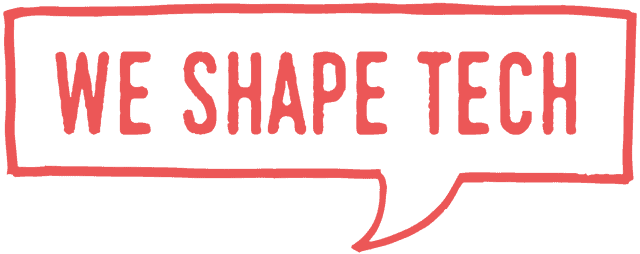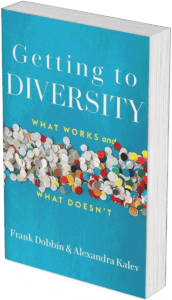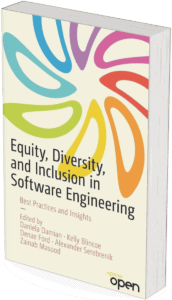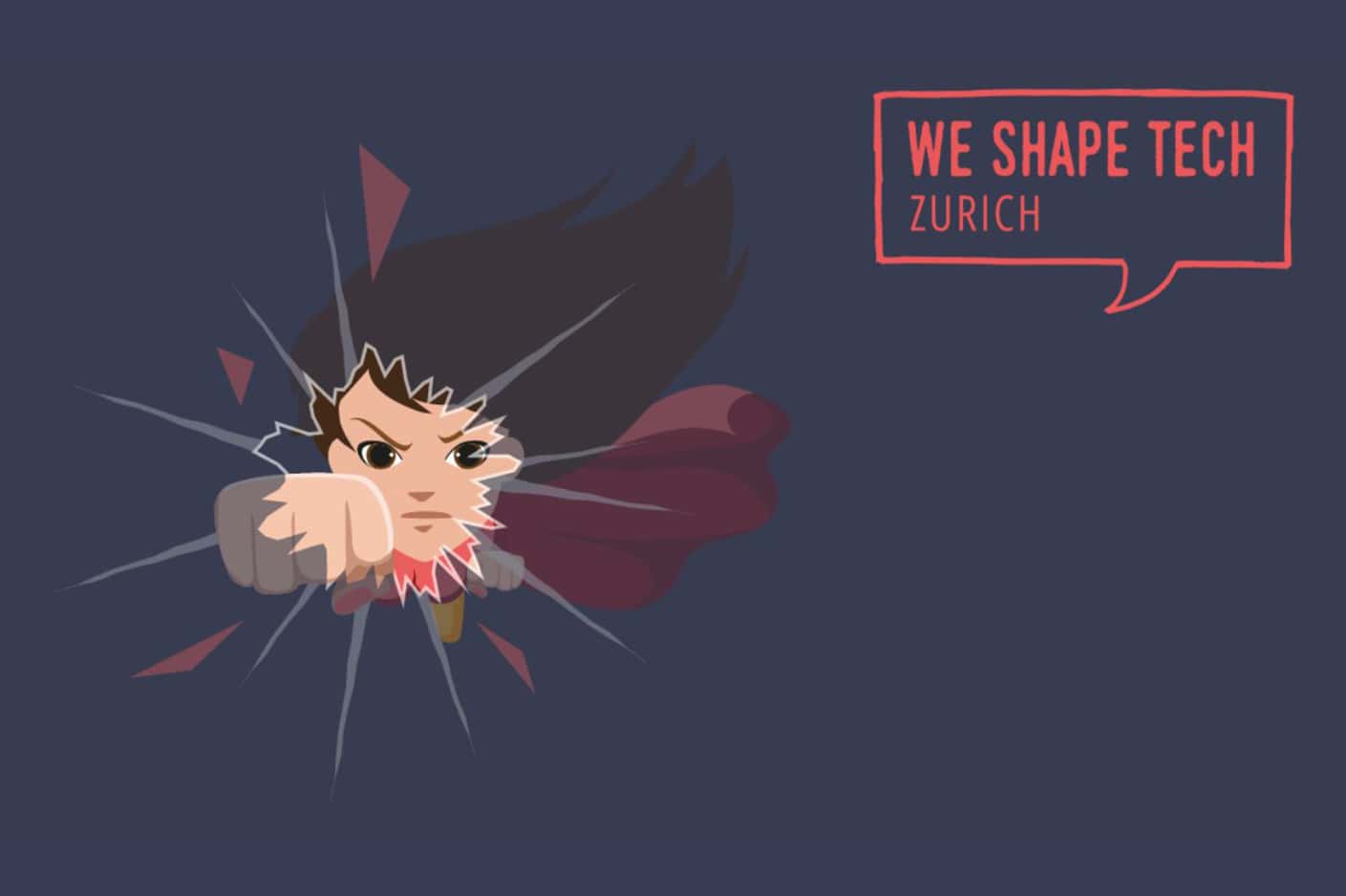This article covers topics from a People & Culture perspective by addressing key challenges and possible solutions promoting a strong, healthy, and trustworthy working environment, and is written by guest author and intercultural communication specialist Sahar Gasgari-Luu.
People & Culture leaders play a pivotal role when it comes to shaping the organisational culture and employee engagement. Additionally, HR departments are facing on-going changes and insecurities about what will come next. The revolutionising force of Artificial Intelligence (AI), the increasing demand of flexibility and purpose-driven tasks requested by employees pushes leaders to re-think current working habits and embrace innovative, positive solutions.
Keeping in mind that these challenges become more obvious in multinational teams and diverse team settings, a clear preparation and guidance is needed to ensure a smooth collaboration during the talent sourcing, onboarding, retention and offboarding process.
By adopting to a strategic and holistic approach, investing in HR technology and training, emphasising on well-being and employee engagement, People & Culture professionals can position themselves as strategic partners in the employee life cycle.
Key Challenges and Possible Solutions
Let us start with key challenges that People & Culture departments are currently facing. Afterwards, we will discuss how organisations can possibly solve them.
Key Challenges
1
Not well-represented at the decision-table
When talking about HR struggles and difficulties, it is crucial to be aware that People & Culture professionals need to have a seat at the decision table. Sharing information and finding solutions happens on the top strategic management level. The management board needs to understand that allowing and seeking varying perspectives, will lead to better and more competitive business outcomes.
2
No budget
In the landscape of HR, many companies focus highly on the onboarding process. This is important and necessary but a lack of investing in executives, employees, leaders during the retention process might lead to a lack of motivation, decreased company identification and the risk of “quiet quitting”. Valuable employees might leave the company and the fluctuation rate will automatically rise. Indeed, huge financial and time losses that include sourcing new talents and gathering knowhow slow down the business development. Besides, the company culture will suffer due to insecurity, disorientation and insufficient communication of employees represented on varying company levels.
Being aware that investing in staff, is an investment in a strong, sustainable, and trustworthy company culture, needs to be stressed. Without budget for HR departments, the employee engagement employee turnover is at risk.
3
Missing DEIB (Diversity, Equity, Inclusion & Belonging
Inclusive Leadership is one of the key competencies when it comes to prioritising DEIB measurements in the organisational culture. Missing cultural awareness in multinational teams, being resistant towards diversity initiatives, showing little interest in a learning culture might endanger to grow and strengthen the organisations’ excellence of becoming a top-rated, popular employer.
Being aware that talents are more likely looking for purpose-driven and authentic employer brands, DEIB practices integrated by HR departments in the organisational culture will support the company being recognised as a trustworthy brand.
4
Unsatisfying talent acquisition and retention
In the “war of talents”, it is often underestimated that the best talents already exist inside the company. Re-checking expectations, new job roles, changing demands might help People & Culture professionals not to solely focus on the external job market but prioritising skills, knowledge, strengths, upskilling measurements of the staff internally.
Showing flexible mindsets and continuous feedback rounds where expectations are discussed, might help “filling new job roles” with highly motivated employees. These individual learning paths and upskilling efforts are already a non-neglectable prerequisite of the digital world and all the creative solutions that AI is providing us already and in due course.
From the external talent management perspective, the management board and CEOs need to consider that applicants, new talents will actively search and choose employers who offer flexible working options, provide individual, strength-based upskilling procedures to retain leaders and employees.
5
Values, vision, and mission statement
What are the company’s values? Who represents them? Who lives them? And what is the vision we all are working towards?
Questions that are crucial for employee engagement and motivation. The demands and expectations of existing employees and new hires towards a valuable and trustworthy employer are significant. Employees and applicants actively look out for companies that match with similar personal values. If this is not the case, they rather focus on extending their job search to find an employer where they will stay mid- to long-term.
And after being hired, employees clarify whether the values, vision and mission statements that have been mentioned in the job interview match real work practices. Only if this is the case, they are willing to continue bringing their best potential to work. If not, companies might endanger losing highly qualified staff. In the worst-case scenario, this would mean to re-start the complete talent sourcing, job interviewing, onboarding, retention and offboarding process once again.
Recommendations/Solutions
1
People & Culture representation at the decision-table
To gather key understandings and learnings of People & Culture challenges, it is crucial that HR professionals and leaders are offered a seat at the strategic decision table. The missing understanding due to a lack of diverse representation in the management board and leadership level, is one of the critical factors why HR issues are underestimated.
Only by opening the door to new HR perspectives will enhance finding solutions to solve issues in the workplace to route towards a strong organisational culture. Key measurements can then be communicated on differing leadership and employee levels so that trust and support is gained.
Transparency in communication is one key trend that emphasises on showing clear measurements so that employees are well-prepared and believe in a common goal and purpose.
2
HR budget
Making a clear strategic decision by the management board to invest in People & Culture initiatives is a key solution to facilitate opportunities for on-going trainings, coaching, mentorships, individual career developments and flexible working patterns as remote and home office.
Stating learning & growing efforts as a Key Performance Indicator (KPI) in the People & Culture goals makes these valuable changes accountable. This will then lead to building positive business relationships, employee engagement and motivation of leaders and team members during the onboarding and retention phase.
Especially, due to the unpredictable tech and AI revolutionary wave, the HR investment in tech and ethical data usage trainings is crucial for companies’ success and the employee’s well-being. Only by engaging in implementing diverse leadership representation, data results, modern ways of AI generated solutions can be critically discussed and reflected.
3
Leadership positions and role models as a path to increase DEIB
KPIs measuring and offering fair representation of promotions and career opportunities towards leadership roles from people from various diverse backgrounds will support People & Culture leaders to move in the direction of the diverse and inclusive working environment.
People from differing demographics, backgrounds, ages, cultures, and further diversity dimensions will feel recognised, appreciated, and valued.
By encouraging people from diverse backgrounds as role models, will motivate new hires and existing employees to feel connected to the companies’ values and vision. This will lead towards a safe, healthy, and sustainable workforce where employees’ needs, desires, demands and requirements can be stated with a strong fundament of psychological safety.
4
Successful retention and talent acquisition
Related to the retention phase the following four recommendations can be stated:
Strengthening a psychological safe working environment where questions, changes and critical perspectives can be stated to find solutions and thrive the process of innovation.
Integrating continuous feedback cycles with leadership and People & Culture professionals to discuss, reflect and implement individual career developments with the possibility to fit new “job roles”.
Including KPIs on the leadership, People & Culture and team member level which measure learning & growing opportunities with on-going training, mentorship and coaching when needed.
Having open conversations by providing individual working opportunities that support the employees’ and leaders’ needs to perform best possible and ensure their mental health. These expectations and requirements will highly differ from person to person, e. g. working remote, flexibility, coming to the office etc.
The above-mentioned recommendations will provide an understanding of leaders’ and team members’ expectations and needs when it comes to a healthy, safe, and inclusive working environment. Strengthening trustful business relations internally, will attract external talents. Key measurements can be stated in job descriptions, job interviews and onboarding processes to reinforce the bond between new colleagues.
5
Value Excellence Teams
All efforts of sourcing and winning talents will be useless when the values, vision and mission statement are not lived in practice.
On the strategic level, trainings to emphasise the companies’ values, vision and mission statement will show a common understanding of what leaders and employees stand for. Four recommendations as follows:
Offer continuous anonymous employee surveys
This will help tracking and measuring employees and leaders’ expectations, feelings, needs and requirements towards a trustworthy, healthy, and strong organisational culture. And please focus to keep these assessments “anonymous” because survey results will more likely be authentic and honest.
Create task forces as the “Value Excellence Teams”
These teams are represented in varying positions and hierarchies. This will ensure that opinions, changes, and questions from all company levels are discussed and included in the value-based transformation process.
Maintain regular “Value Excellence Teams” follow-ups
In these meetings and workshops the team members can discuss whether the values are still up to date. Values might change or there might be a need for adaptations.
Discuss and implement communication measurements
After having agreed upon the common purpose and values, discuss, and implement communication measurements. In a step-by-step plan internal and external communicational adaptations on all company levels, marketing channels and branding efforts can be outlined.
Conclusion
By addressing key HR challenges on the strategic top level, finding solutions, embracing emerging trends, and fostering a value-driven culture of continuous learning and innovation, organizations can create working environments where employees thrive, and businesses succeed in an ever-changing world.
Indeed, companies can position themselves as employers of choice and foster a positive workplace culture that attracts and retains top talent from diverse backgrounds.

About Sahar
Sahar Gasgari-Luu is a motivated, positive-minded leader and empathetic intercultural communication specialist. She works as a diversity coach, intercultural trainer, and speaker.
She was born in Iran, grew up in Germany, and graduated with a dual degree in International Business Administration with focus in Marketing in the United Kingdom. Sahar has a coaching degree and is a certified intercultural trainer. She has been living in Switzerland for more than 13 years.
Sahar is the founder and CEO of w!sion. With her diversity coaching, intercultural trainings and speaking services she offers companies sustainable and trustworthy human resources solutions for their leaders, executives, and international teams. After working with her, employees are more motivated, more efficient and identify themselves with an open and diverse company culture – leading to a boost for employees, performance, and the company culture. She is convinced that “employees who feel appreciated, perform best.”
Need help with your intercultural diversity challenges? Sahar is looking forward to tackling them with you 😉












